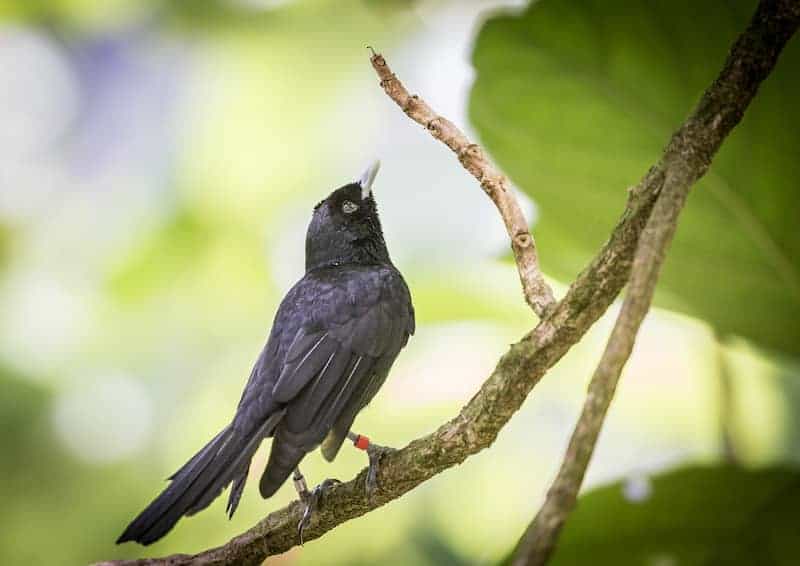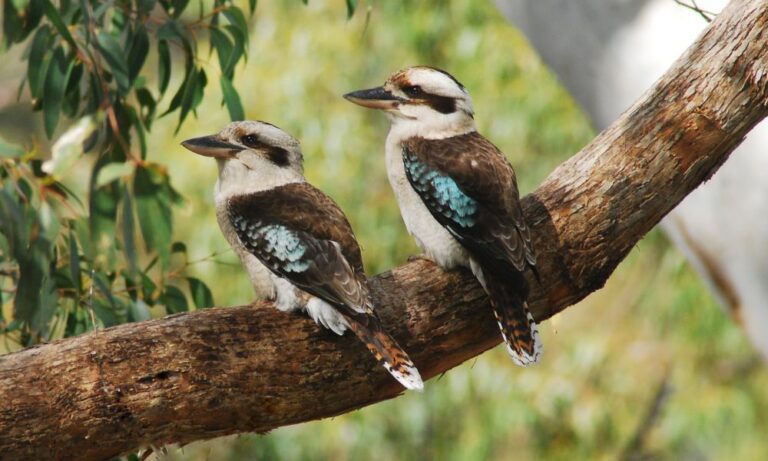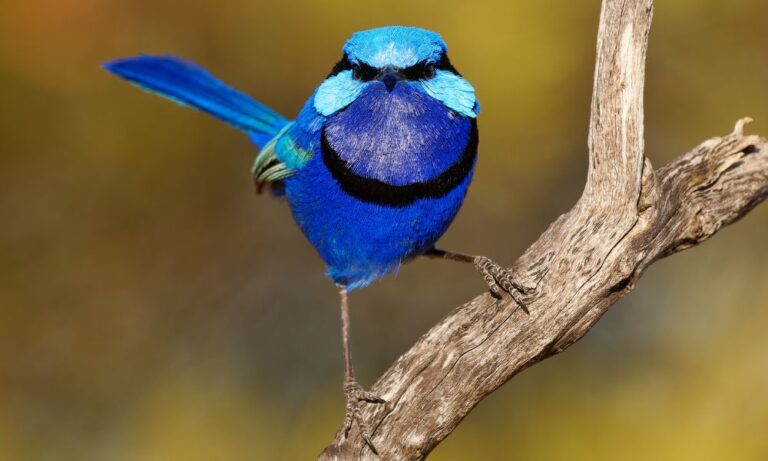Endemic to Fatu Hiva Island in The Marquesas Islands of French Polynesia, this unique flycatcher species is facing the dire threat of extinction due to invasive predators and avian malaria.
With only 19 birds remaining, including five breeding pairs, the situation is alarming, prompting immediate action to safeguard their future.
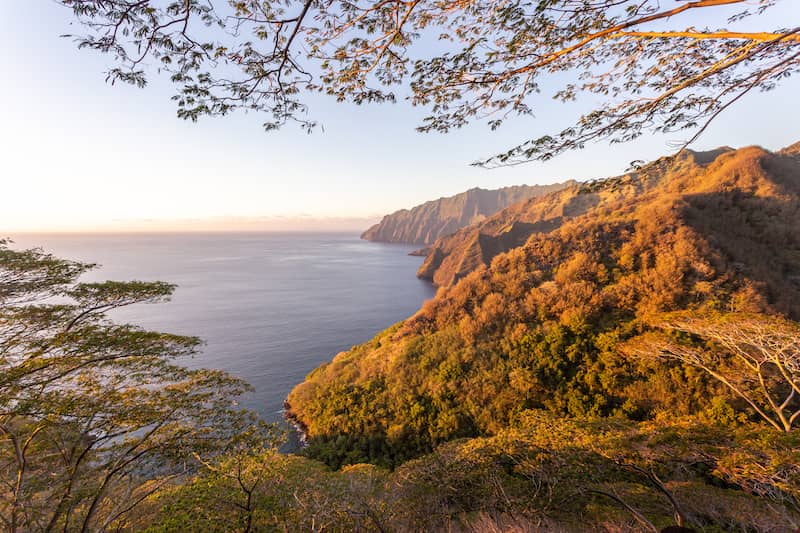
The Emergency Project: A First of Its Kind
In an unprecedented attempt to rescue the Fatu Hiva monarch, Auckland Zoo and SOP Manu are launching an ex-situ (outside of the wild) breeding program on Fatu Hiva Island. This will be the first time such an endeavour is undertaken for a monarch species.
The program involves collecting eggs from monitored nests in the forested Tai’u’ valley, with SOP Manu biologists overseeing the process. These eggs will be incubated and hatched in purpose-built facilities designed by Auckland Zoo’s experts in wildlife management. The fledglings will then be placed in a predator and mosquito-proof aviary, providing them with a safe environment while plans for their long-term protection are developed.
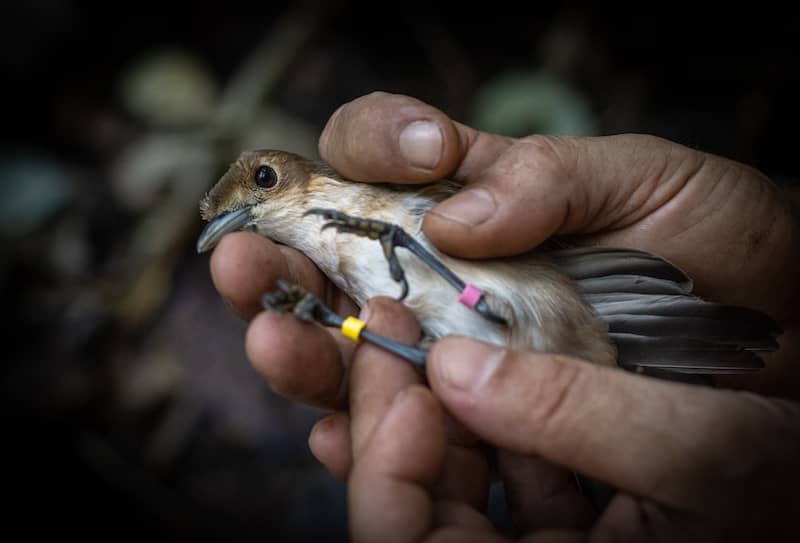
Challenges and Progress: A Race Against Time
In recent developments, one egg was successfully hatched on 20 July, offering a glimmer of hope. However, it was tragically short-lived, as the chick passed away two days later.
Nonetheless, two other breeding pairs, including a younger pair, are expected to lay eggs soon, and the team is closely monitoring their nests. The situation is a race against time, as some of the breeding females are ageing, potentially nearing the end of their reproductive years. The success of the ex-situ breeding program is crucial to prevent the Fatu Hiva monarch from vanishing forever.
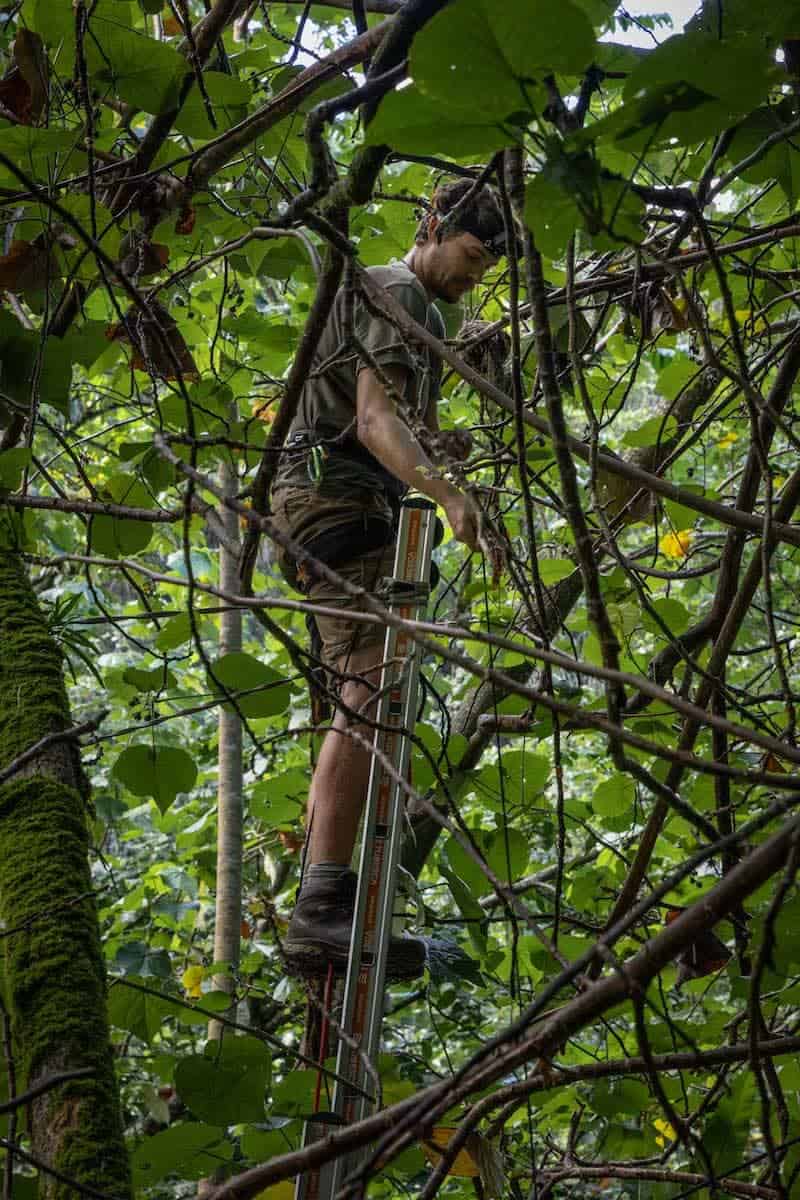
A Privileged Partnership: Auckland Zoo’s Commitment
Auckland Zoo’s curator of birds, Dr. Juan Cornejo, and birds team leader, Carl Ashworth, are leading the efforts on Fatu Hiva Island.
This fieldwork complements the NZ$90k financial support from Auckland Zoo over the next three years, which sustains vital monitoring, predator control, and malaria mitigation programs. These efforts are made possible through the Zoo’s Conservation Fund, dedicated to supporting projects that protect threatened wildlife globally and locally.
Dr. Juan Cornejo emphasised the urgency of the project: “This first-ever ex-situ breeding program for a monarch is both critical and challenging, and I think we all feel the pressure and responsibility of having in our hands the chance to turn around the fate of a species!”
The Passionate Efforts of SOP Manu
SOP Manu’s director, Thomas Ghestemme, has been leading conservation efforts for the Fatu Hiva monarch for 15 years.
He expressed the immense challenges they face, especially since the island is highly remote and accessible only by boat. Despite these obstacles, the dedicated team is determined to do everything in their power to save the species.
In addition to SOP Manu and Auckland Zoo, Zoos Victoria (Australia) is another major supporter of the conservation efforts. An experienced bird keeper from Zoos Victoria will collaborate with Auckland Zoo’s specialists to bolster the intensive management program.


